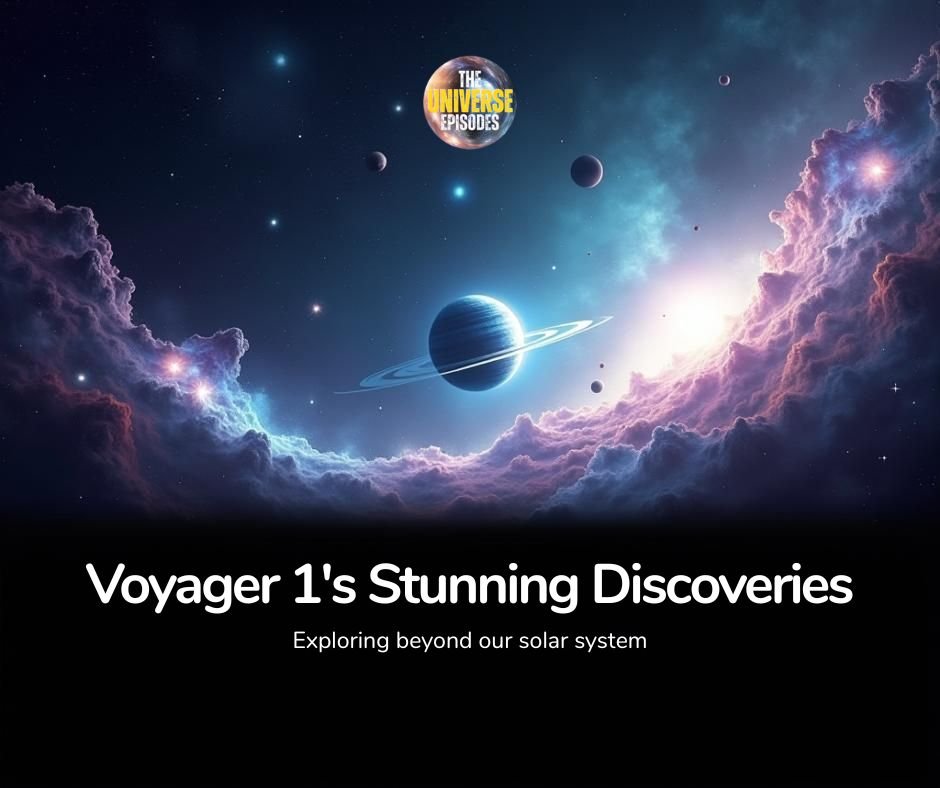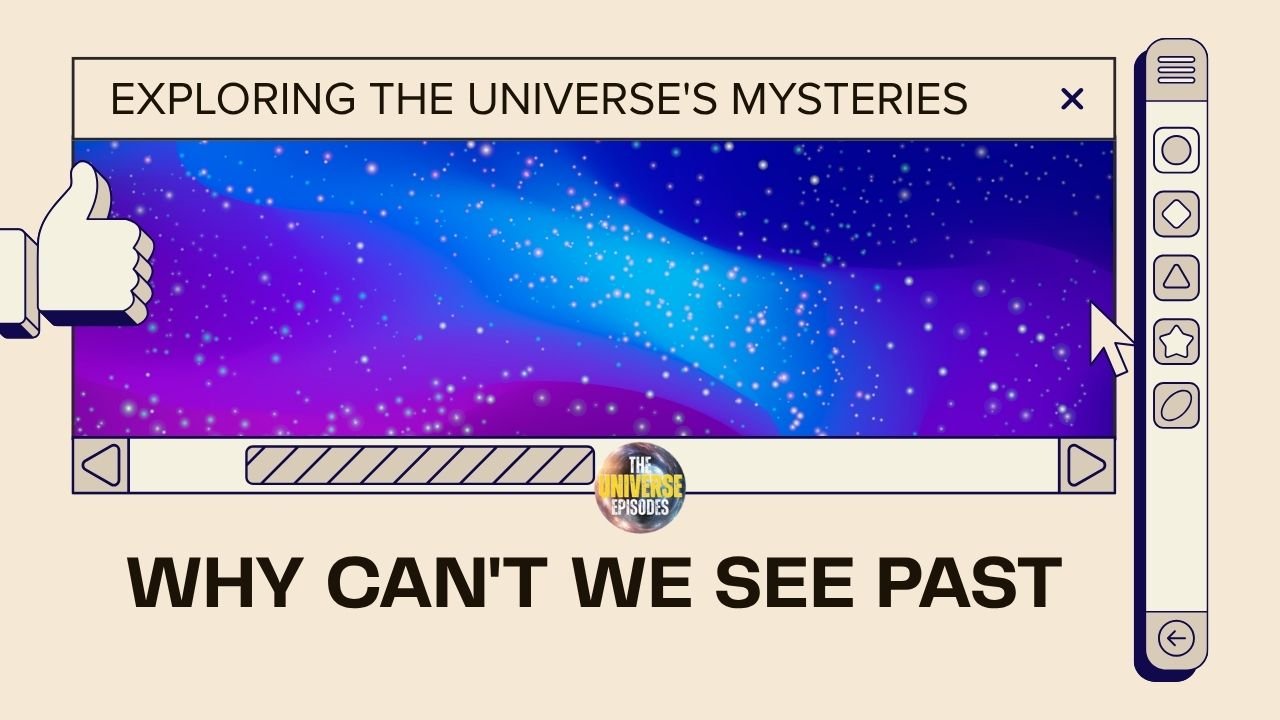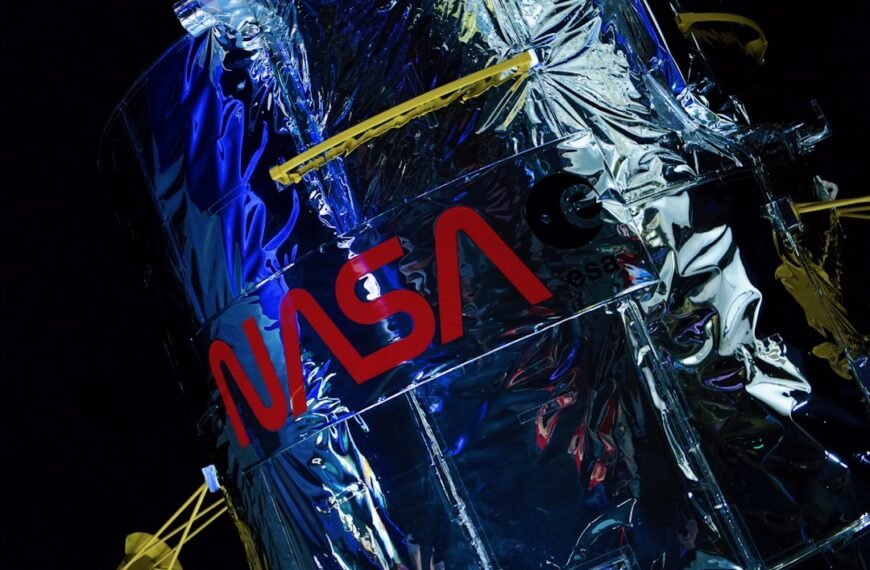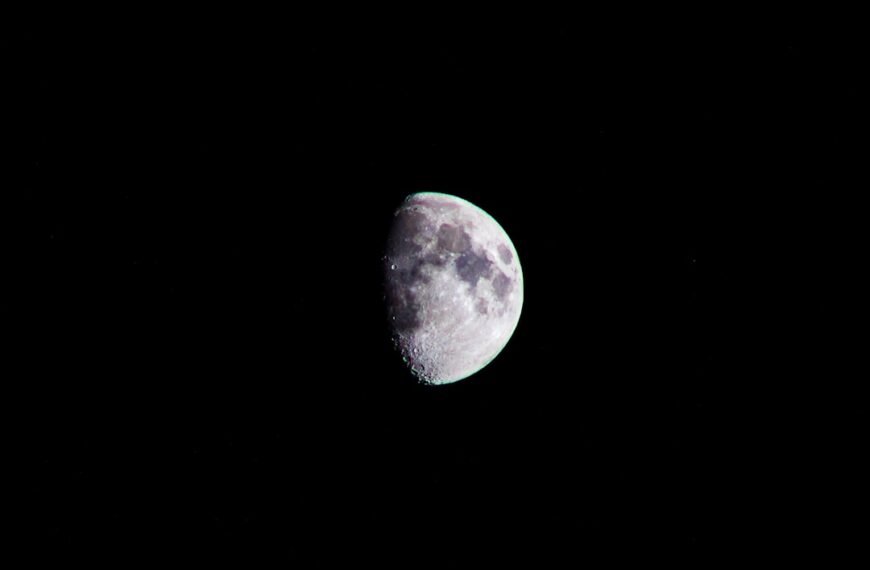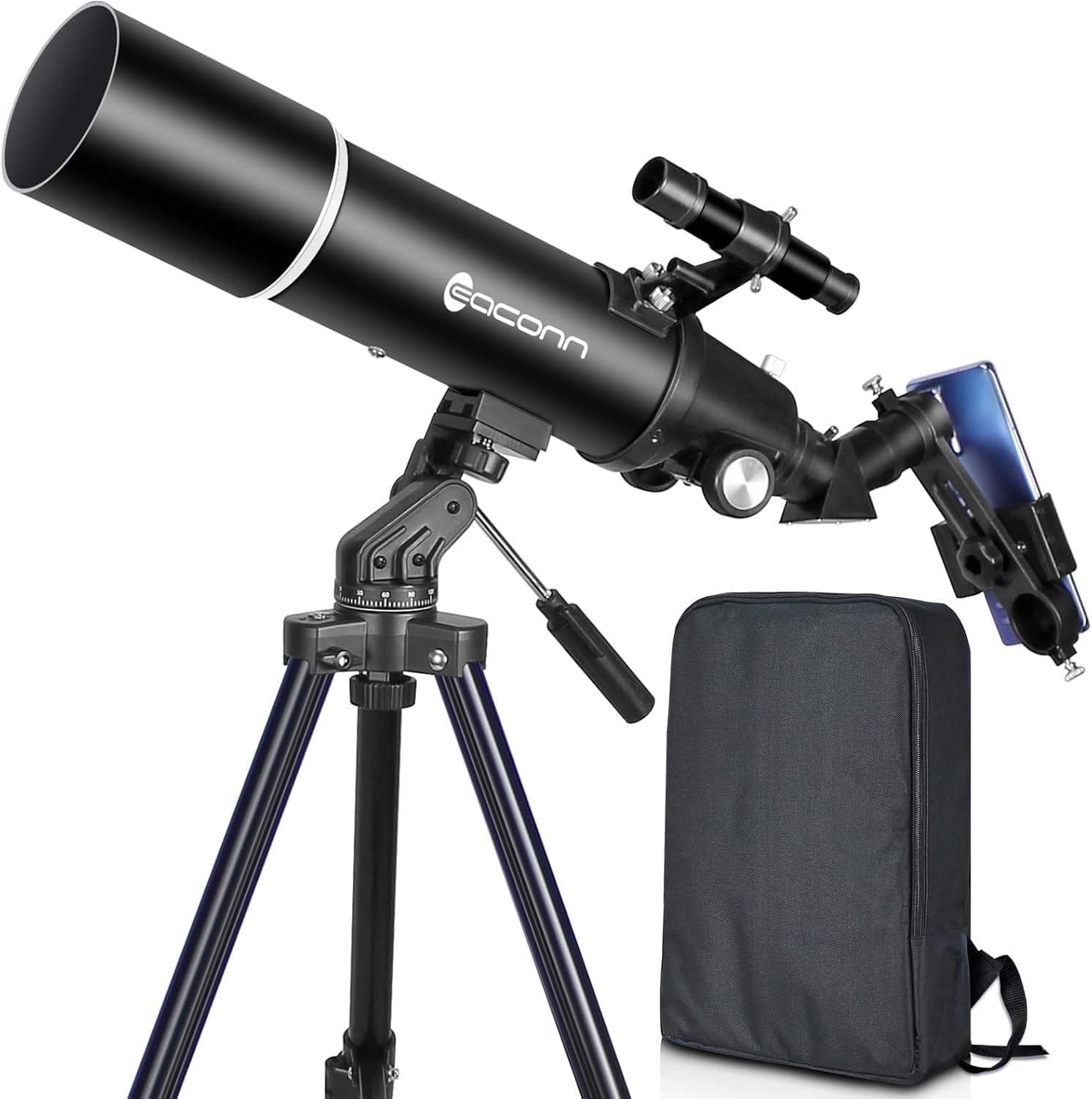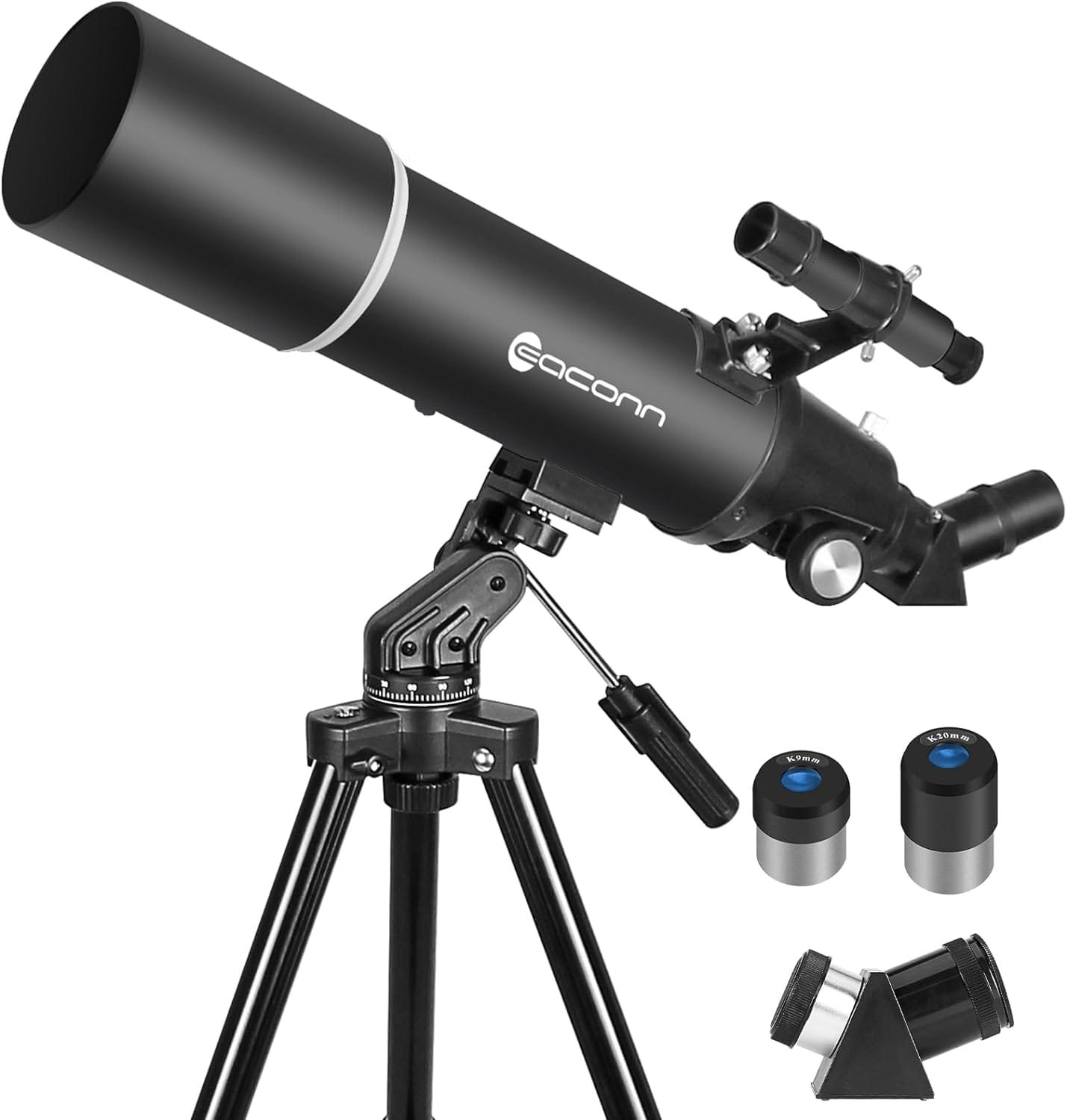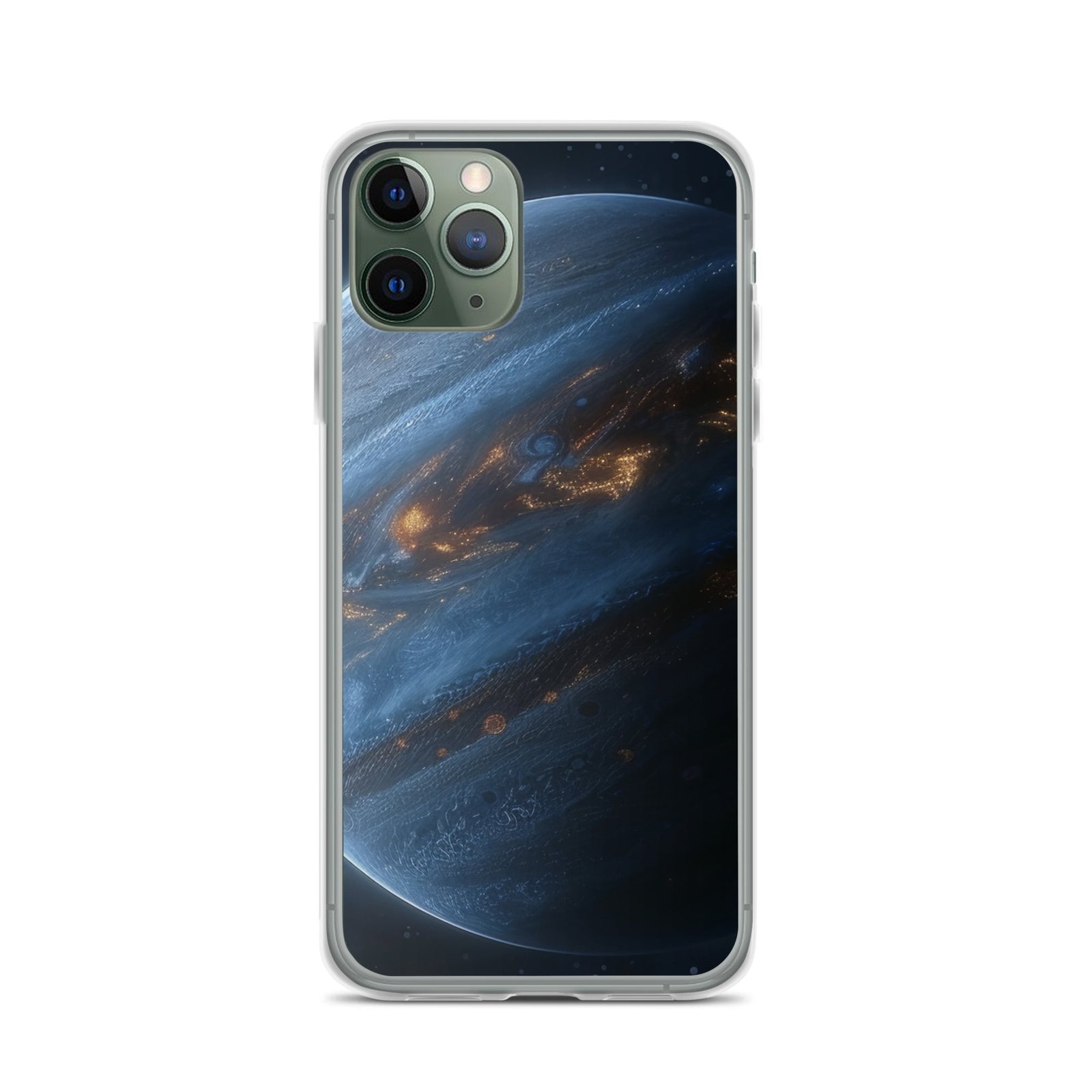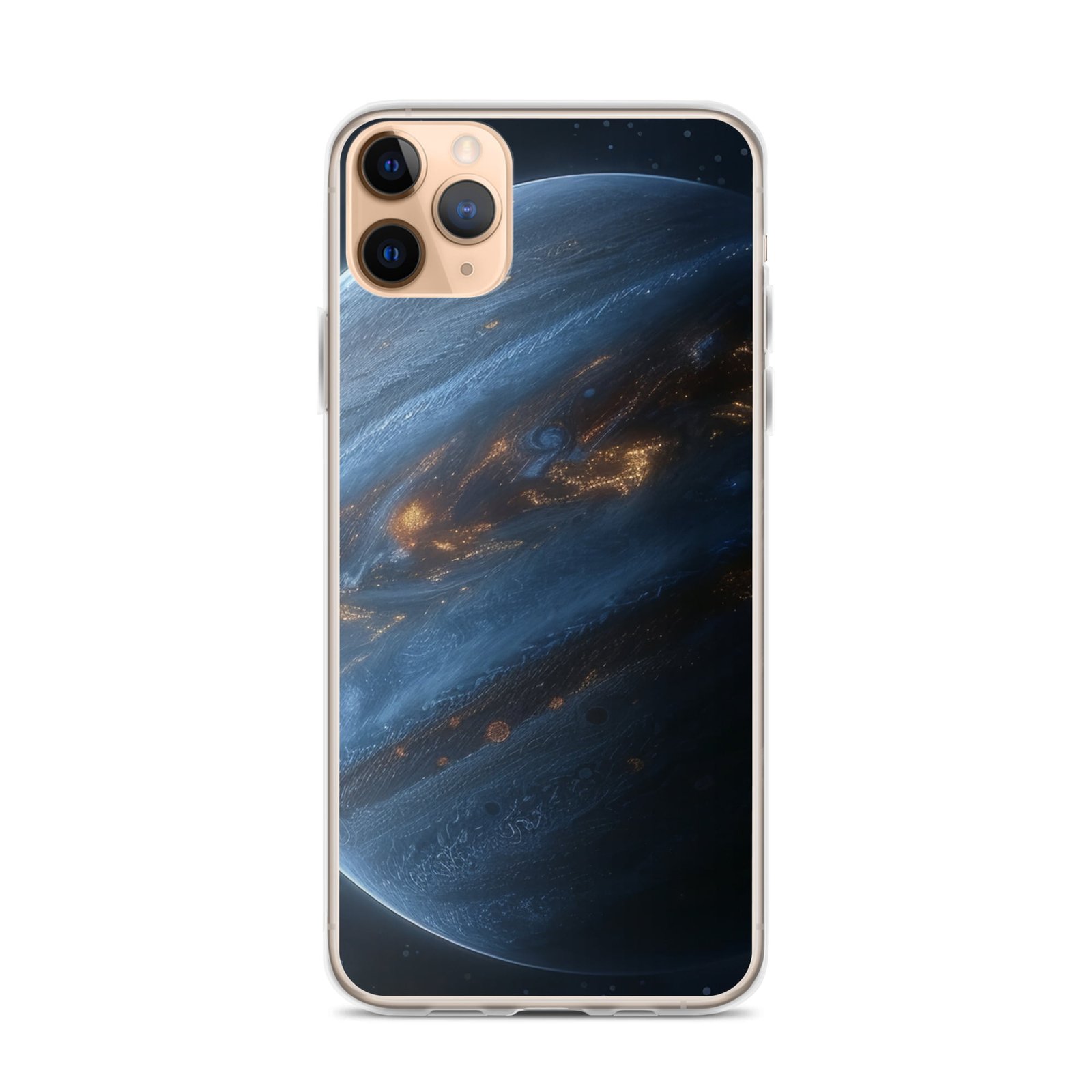Key Takeaways
- Astronomy is the scientific study of celestial objects and phenomena, including stars, planets, galaxies, and the universe as a whole.
- The field is divided into sub-disciplines such as astrophysics, cosmology, planetary science, and astrobiology.
- Modern astronomy relies on ground-based observatories, space telescopes, and computational models.
- Major current research trends include exoplanet discovery, dark matter and dark energy studies, gravitational waves, and early-universe cosmology.
- Astronomy uses electromagnetic and non-electromagnetic observation methods including radio, infrared, ultraviolet, X-ray, gamma-ray, neutrino, and gravitational-wave detection.
- Understanding astronomy helps us grasp our place in the cosmos, inform space exploration, and inspire scientific innovation.
What Is Astronomy?
Astronomy is the oldest natural science, tracing its roots back to ancient civilizations who looked up at the night sky with wonder and curiosity. Today, astronomy is a rigorous, data-driven field that investigates everything beyond Earth’s atmosphere. From black holes to the search for alien life, astronomy covers a vast scope of inquiry.
At its core, astronomy is the study of celestial bodies and the universe at large. This includes the physics, chemistry, and evolution of stars, planets, galaxies, and the cosmic background. It includes systematic observation, data analysis, theoretical modeling, and empirical validation. This scientific process drives the expansion of our understanding of the universe through an ongoing feedback loop between theory and observation.
Astronomy is divided into two major branches:
- Observational Astronomy: Collects and interprets data from telescopes and detectors across the electromagnetic spectrum (radio, infrared, optical, ultraviolet, X-ray, gamma-ray), and beyond (neutrinos, gravitational waves).
- Theoretical Astronomy: Builds models and simulations that predict cosmic behavior and guide observational strategies.
Astronomy also intersects with physics, chemistry, and Earth sciences. It is deeply interdisciplinary and forms a keystone in our broader natural science framework.
Why Astronomy Matters
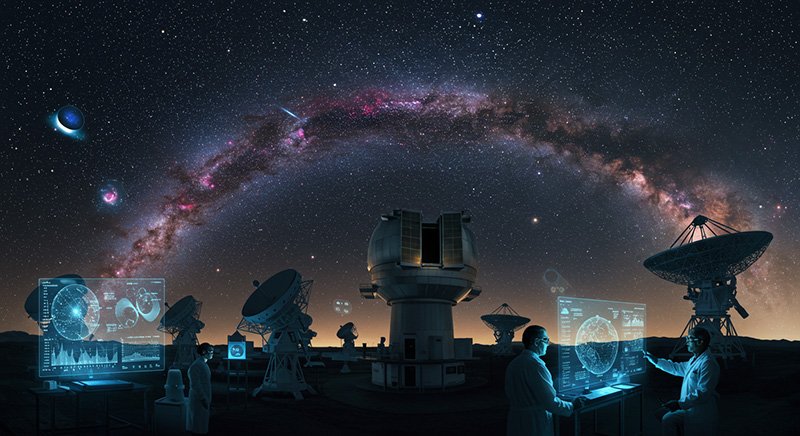
Astronomy isn’t just about stargazing. It contributes to real-world advancements in:
- Space exploration and satellite technology
- Climate and atmospheric science
- Medical imaging and computational algorithms
- Global positioning systems (GPS)
- Big data analytics and AI innovation
- Planetary defense strategies (asteroid monitoring)
Astronomy also serves as a global unifier and a source of inspiration. It combines the rigor of empirical science with deep philosophical and existential questions, asking: Where did we come from? Are we alone? What is the fate of the universe?
Key Branches of Astronomy
1. Observational Astronomy
Uses data from instruments across the electromagnetic spectrum to study celestial phenomena. Subdivided into:
- Radio Astronomy
- Infrared Astronomy
- Optical Astronomy
- Ultraviolet Astronomy
- X-ray Astronomy
- Gamma-ray Astronomy
Also includes non-light based methods:
- Neutrino Astronomy
- Cosmic Ray Astronomy
- Gravitational-Wave Astronomy
- Multi-Messenger Astronomy
2. Theoretical Astronomy
Develops mathematical and computational models to predict and explain observations. Uses simulations to model stellar dynamics, galaxy formation, and cosmology.
3. Astrophysics
Applies physics to understand the fundamental properties and behavior of stars, galaxies, and the universe.
4. Cosmology
Focuses on the universe’s origin, evolution, and fate. Investigates the Big Bang, inflation, and cosmic structure.
5. Planetary Science
Studies planets, moons, asteroids, and comets, both within and beyond our solar system.
6. Astrobiology
Explores the origin, evolution, and distribution of life in the universe.
7. Stellar Astronomy
Focuses on the formation, evolution, and death of stars.
8. Galactic and Extragalactic Astronomy
Studies the Milky Way and galaxies beyond it, including galaxy formation and intergalactic dynamics.
9. Solar Astronomy
Examines the Sun, its structure, activity, and its effects on Earth and the solar system.
📚 A Brief History of Astronomy
Astronomy has transitioned from ancient mythology to rigorous modern science:
- Ancient Civilizations: Egyptians, Babylonians, Chinese, Greeks observed celestial cycles for calendars and agriculture.
- Greek Rationalism: Ptolemy, Aristotle, Eratosthenes established models and measurements.
- Scientific Revolution: Copernicus proposed heliocentrism. Kepler discovered laws of planetary motion. Galileo used telescopes. Newton unified celestial and terrestrial mechanics with gravity.
- 20th Century: Einstein’s General Relativity redefined gravity. Space telescopes like Hubble revolutionized observation.
- 21st Century: AI, JWST, gravitational waves, and international mega-projects are pushing astronomy into new frontiers.
Current Research Trends in Astronomy
1. Exoplanet Discovery and Characterization
- Over 5,800 confirmed exoplanets (2024)
- JWST found methane, CO₂ in K2-18 b’s atmosphere
- Exploration of habitable Hycean worlds
2. Dark Matter and Dark Energy
- Euclid and DESI are mapping cosmic structure
- Indications that dark energy may vary over time
- CMB data continue to support ΛCDM model
3. Gravitational Wave Astronomy
- 290+ events detected since 2015 (LIGO, Virgo, KAGRA)
- NANOGrav and others detected low-frequency background waves
- Space-based LISA is in development
4. Early Universe and Cosmology
- JWST discovered galaxies from 300 million years post-Big Bang
- Reionization studies show galaxies drove cosmic clearing
- Hubble constant tension remains unresolved
5. Fast Radio Bursts (FRBs)
- CHIME expanded known repeaters to 50+
- Magnetars are leading candidates
- SKA and MeerKAT to revolutionize transient detection
6. Multi-Messenger Astronomy
- Combines light, neutrinos, and gravitational wave data
- Enables richer insights into black holes, neutron stars, supernovae
Tools and Technologies in Astronomy
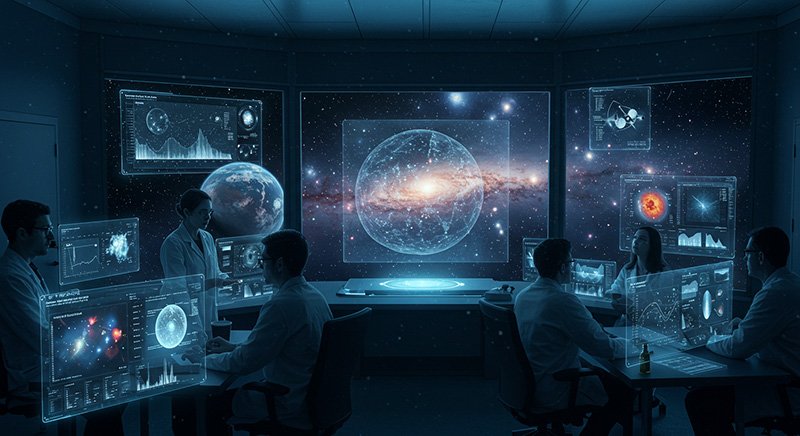
- Telescopes (ground-based, space-based, radio, X-ray, infrared)
- Spectroscopy (reveals composition, motion)
- Astrometry (measures positions and distances)
- Interferometry (improves resolution using telescope arrays)
- Time-Domain Astronomy (monitors variability)
- Machine Learning & AI (analyzes massive datasets)
- Robotic Spacecraft (planetary exploration)
Innovations such as adaptive optics, CCD sensors, and AI algorithms have dramatically improved our ability to detect and analyze faint or complex signals.
Fundamental Laws and Theories
- Kepler’s Laws: Govern elliptical planetary motion
- Newton’s Law of Gravity: Describes force between masses
- Einstein’s General Relativity: Describes gravity as spacetime curvature
These laws underpin celestial mechanics and cosmology. General relativity predicts black holes, gravitational lensing, and the expansion of the universe.
📈 Real-World Applications of Astronomy
- Satellite navigation (GPS)
- Weather and climate prediction
- Medical imaging (MRI/NMR)
- AI & Big Data innovation
- Planetary defense (NEO tracking)
🌍 Astronomy’s Broader Significance
- Inspires future scientists
- Unites global researchers
- Informs philosophical and existential inquiry
- Demonstrates humanity’s potential for discovery
Astronomy merges data, discovery, and imagination. It encourages deep thinking, drives technology, and expands our cosmic perspective.
Sources and Further Reading
- NASA: https://www.nasa.gov
- ESA: https://www.esa.int
- JWST Science: https://jwst.nasa.gov/content/science/index.html
- Euclid Mission: https://www.euclid-ec.org
- LIGO: https://www.ligo.caltech.edu
Author Credibility
This article was researched and written by a science writer specializing in space and physical sciences. It integrates peer-reviewed findings, reports from major space agencies, and insights from cutting-edge observatories.
Final Thoughts
Astronomy blends awe with science. From decoding light from distant galaxies to understanding the very nature of time and space, the field offers a limitless frontier for exploration. Whether you are a student, enthusiast, or professional, the sky is not the limit — it’s just the beginning.


